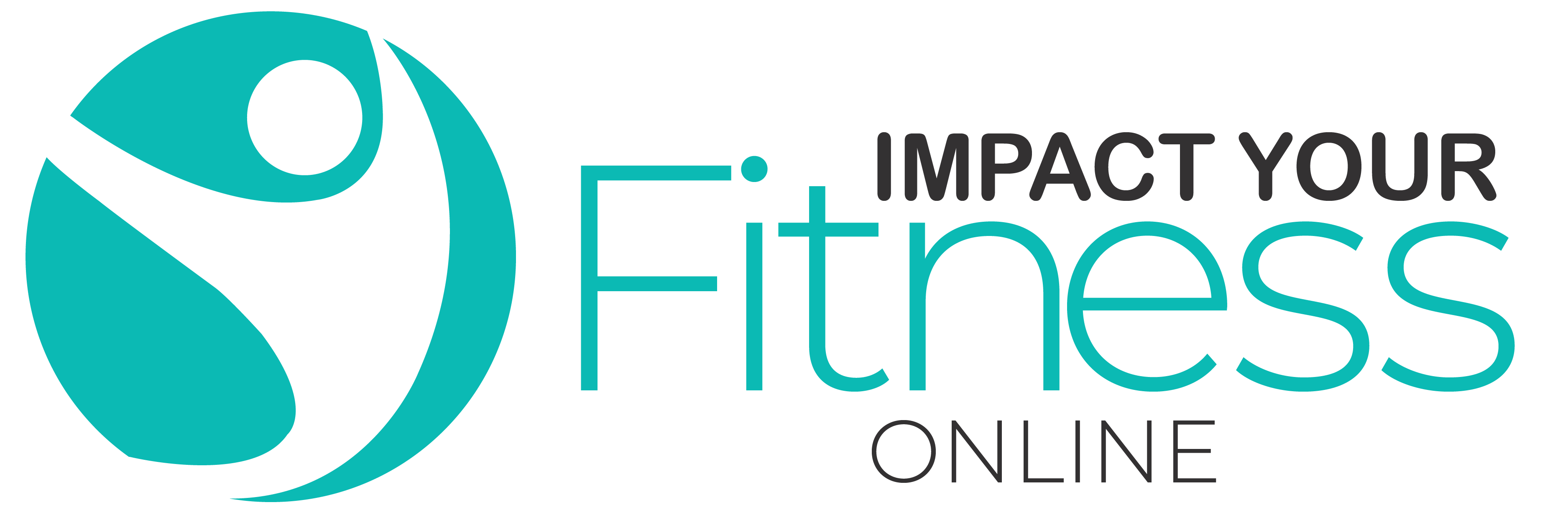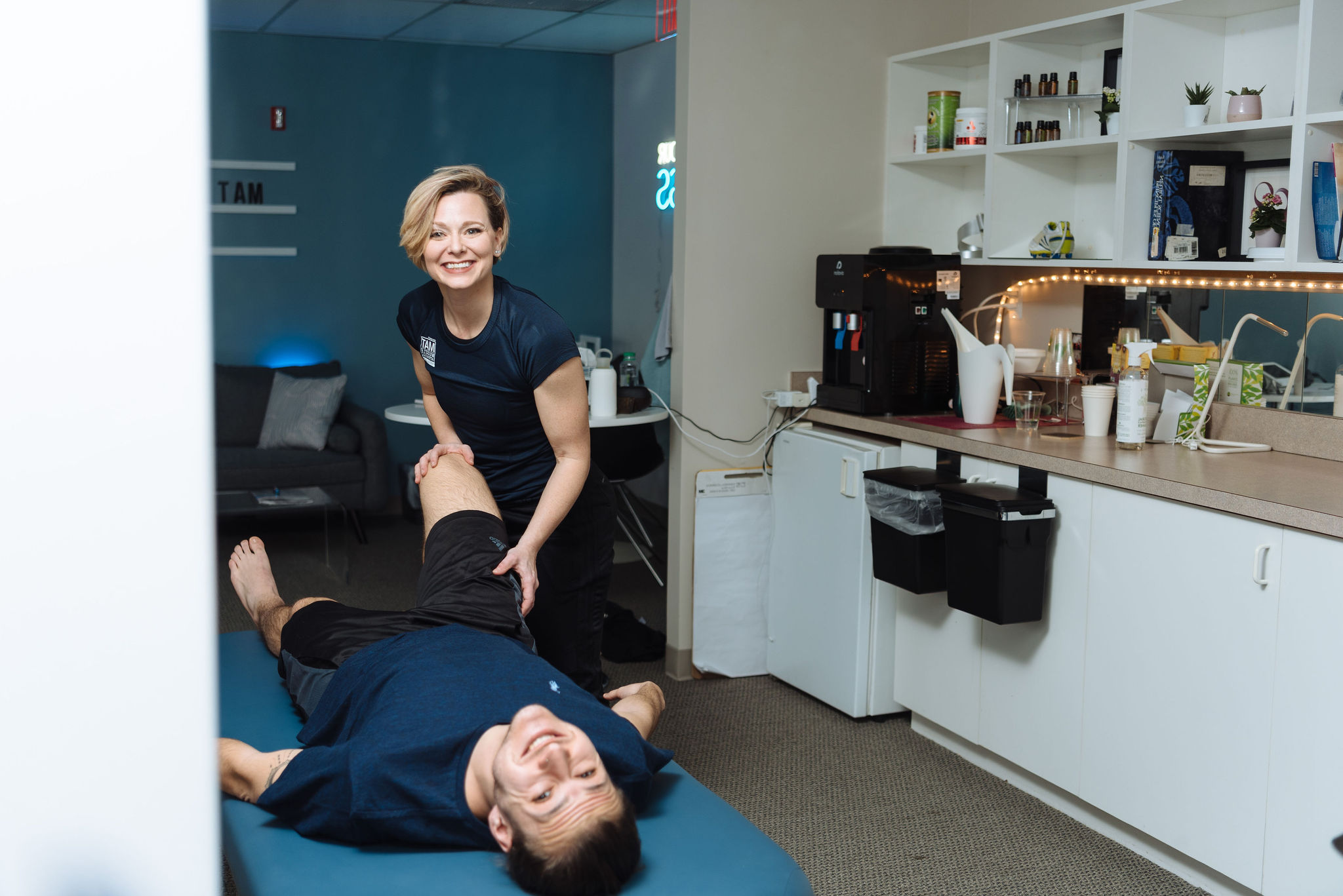The most common beliefs that you have about pain and exercise are likely wrong.
Learning to care for your Nervous System is the new way to manage chronic injury.
Millions of people chase their tails for years around the small details of injury diagnosis, but they ignore the one thing that every injury rehab and prevention should conquer: the health of your nervous system.
In 2019, a study of 123 individuals with pain in one shoulder revealed that most of the individuals in the study actually had multiple abnormalities in both shoulders, which demonstrates how the examination and treatment of unilateral joint pain isn’t the right way to approach pain treatment.
Likewise, only 1% of back pain disorders are truly nasty problems that need medical intervention (like fractures, infections, cancers, or inflammatory diseases). On top of that, only an estimated 5% of back pain disorders are related to acute disc injuries that also have nerve compression, meaning that the majority of disc injuries do not require surgery.
By focusing on the straightforward care of the Nervous System, I’ve helped hundreds of individuals achieve pain-free movement where they once had joint pain. Nervous System care refers to maintaining and improving the structures that support joint movement, nerves, and muscles, which includes healthy-state maintenance care with nutrition, smart exercise, and sleep with a special focus to exercise for longevity.
If we continue to dismiss proactive care for the health of our nervous systems, we will age in broken bodies rather than planning to exercise for the rest of our lives. You’ll find some major action tips for caring for your Nervous System as well as an invitation to my course, Movement Pathways so that you can learn how to take care of your body and avoid exercise pain even with old injuries.
2 Major Steps to Improve the Health of your Nervous System

Use exercise techniques that align with your goals and structure
The exercise industry loves to talk about your goals and losing weight, but no one is discussing the things that actually matter – how YOUR unique structure moves.
Evolving your fitness with this tip is not a small task. It is a paradigm shift from a lackluster list of exercises to satisfying your desire to be autonomous with injury-free exercise. When implemented, this approach will impact every single part of your fitness.
The perfect starting point in this process is investing time in understanding the educational anatomy of your previous injuries. You know you’ve done this part correctly when you have more confidence about choosing exercises because your rationale will gain strength. For instance, you may say to yourself, “I do this exercise before squats because the medial part of my knee has damage,” or “the disc in my lower back has less tolerance in this position so I want to make this exercise as precise as possible.”
I constantly educate my clients on their injury anatomy because this approach works. It works because it builds confidence and therefore eases anxiety. When you have more confidence in an exercise, your biology will more than likely respond positively – a concept that has been shown many times in physical therapy research.
Tune inwards during your exercise, not solely on the screen or music (or worse – a trainer that talks about themselves during your exercise!)
Our brain responds positively to safe exercise. The connection between the mind, brain, and body during exercise is enhanced when your focus is on the right things.
Naturally, then, one of the most incredible benefits of exercise is that it creates new neural pathways, which is especially relevant to those with pain and tightness. However, conventional wisdom tells us that when we have muscle tightness, stiffness, or pain, we must simply eliminate a movement, slow it down, or drastically modify it. The Movement Pathways solution, on the other hand, is to lean into the idea that your body is changing, that you have control over your pain, and that you can address it with customized warm-up exercises followed up with exercises that will enhance your body. The net benefit of consistently strong workouts is priceless.
This was covered in a recent podcast episode with a London-based colleague, Rui. We discussed a novel way to prime the body and the body’s attention. We don’t directly discuss warm-ups, but the knowledge can be applied to this important piece of your workout.
The episode, Priming the Body’s Attention is a stunning example of how simplicity and science can harmonize for effective exercise.



